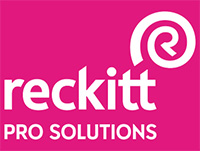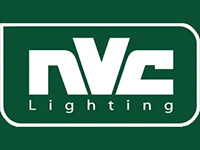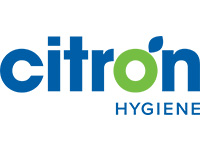Fan Experience vs Profit
How Do Stadium Caterers Find The Balance?
 Increased sales, improved fan experience and lower costs - how do stadium caterers achieve the ‘impossible’? Adam King, CEO of SwipeStation explains.
Increased sales, improved fan experience and lower costs - how do stadium caterers achieve the ‘impossible’? Adam King, CEO of SwipeStation explains.
At last, the stadium industry has a clear picture of what the ‘new normal’ looks like. All restrictions have been lifted and covid has joined the list of everyday illnesses. Turnstiles are revolving once again and fans have returned in their droves - with money to spend on a great day out. While this is great news for the industry, it does come with pressures: how can stadiums maximise the potential of these customers while giving them the experience they deserve?
Add into this the ongoing increases in living costs, stadiums must rise above the other draws on the customers' hard-earned money and provide a best-in-class experience. The commercial value of converting a casual supporter into a die-hard fan is significant, and vital to the survival of the industry. From the moment they enter to the moment they leave, fans expect a positive experience that goes way beyond the final score.
For all but the most elite clubs every revenue stream counts, and food & beverage on match days are a vital income. However, many venues struggle to service all their fans - finding themselves unable to provide the matchday experience they aspire to - especially in older stadiums that have narrower concourses and smaller bars. They don’t run out of customers… they run out of time.
The accelerated move to cashless stadiums
Consumers are now perfectly happy not carrying cash. The pandemic proved that even the most habitual stadium attendee will make changes when the need arises, and the stadium industry finally got to join the rest of the world in embracing cashless technology. Even the cash-rich environment of racecourses have made the change in their food and beverage kiosks. The benefits in loss prevention, handling and speed of transaction are well documented. Covid just expedited the inevitable switch.
However, this seismic shift is not without its reverberations: while the actual process of tapping a card or phone is quicker than the exchange of cash, the EPOS systems that accompany the card readers are designed for everyday use. They are far more complex and require extensive training - not easy when most servers are casual employees working their first shift.
Even the simplest EPOS systems do nothing to speed up customer deliberation or the dialogue between fan and server. If any of these three key stages are inadequate the system quickly falls down, queues build and fans either get angry, give up or don’t try in the first place.
A recent survey by Oracle (who manufacture tills) revealed that 42% of UK fans cited speed of service as the main reason they didn't buy food, with 40% abandoning a queue in the last 12 months. They also concluded that if queues were cut in half the potential increase in revenue to a UK stadium would be 45%.
What can we learn from the move to cashless?
Historically, stadiums have been reluctant to try new technologies. The pandemic has shown that the consumer feels very differently, with the meteoric rise of mobile ordering as a perfect example.
A survey of stadium visitors conducted by SwipeStation revealed that 84% had used their phones to order drinks from a pub in the 12 months prior - 28% for the very first time.
Mobile ordering allows customers to spend more time enjoying the experience and less time in queues, and stadiums can use this to their advantage to serve more people than ever before without having to increase staff numbers.
Mobile Ordering in the Stadium Environment
Introducing mobile ordering into stadiums comes with complex connectivity challenges. This is because for most stadiums providing reliable WiFi or 4/5G is simply too expensive. Fans are competing for bandwidth in a building made up of multiple layers of concrete and steel, so any service that relies on phone connectivity will inevitably result in a poor, if not failed customer experience.
SwipeStation has a system that no other company offers - which solves these issues. Fans do not require connectivity on their phones to use the service. They chose their items to create an order, which the app converts into a QR code. They then scan this code at a SwipeStation (essentially an unmanned till attached to a nearby wall) which takes payment and prints a receipt. This receipt is then exchanged for the order, which typically takes just 15 seconds. By removing deliberation, ordering and payment from the service area, SwipeStation can transform an untrained casual server into a super-efficient service machine!
Looking to the future, SwipeStation have developed a webapp called SMART (Stock Management & Analytics in Real Time) - which negates the need for tills completely. As well as fulfilling Oracle’s prophecy of 45% revenue increases, operators can manage the input and movement of stock and orders - all from a phone. They have also developed an in-seat delivery option for GA, disability and hospitality areas.
By embracing mobile technology, stadium caterers have the potential to achieve the Holy Trinity of Operations: increased revenue, improved fan experience and lower staff costs. In the meantime, the fan no longer has to miss the action just to avoid the queues, and half time becomes a pleasure rather than a pain. Everybody wins… whatever the result on the pitch!
Click the article to enlarge it.




















































